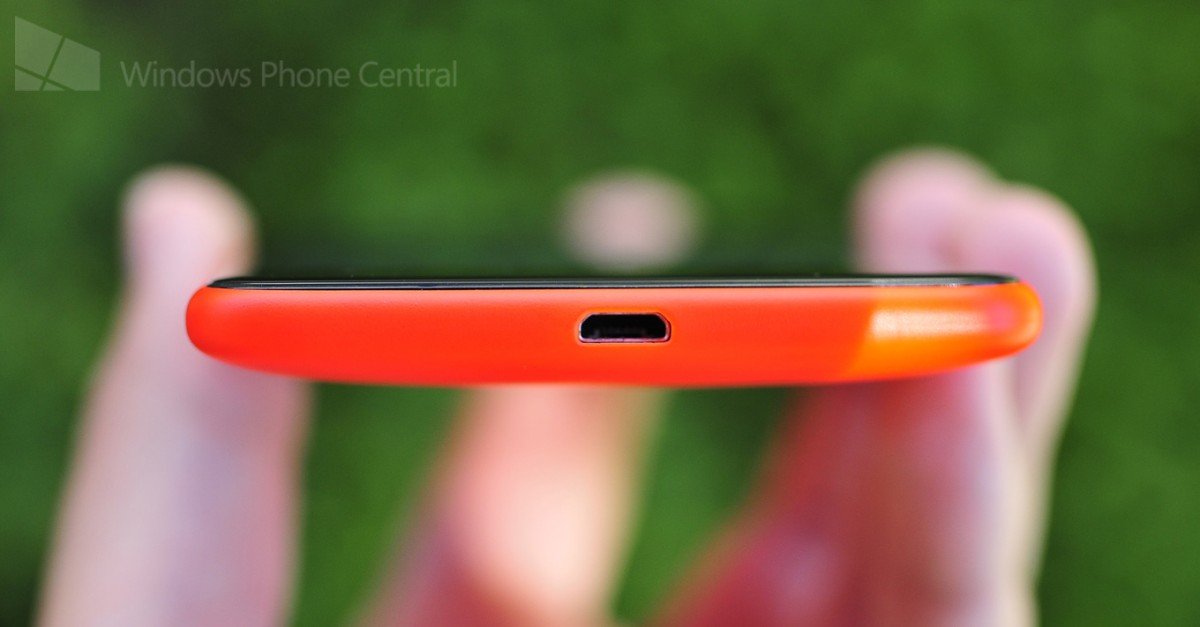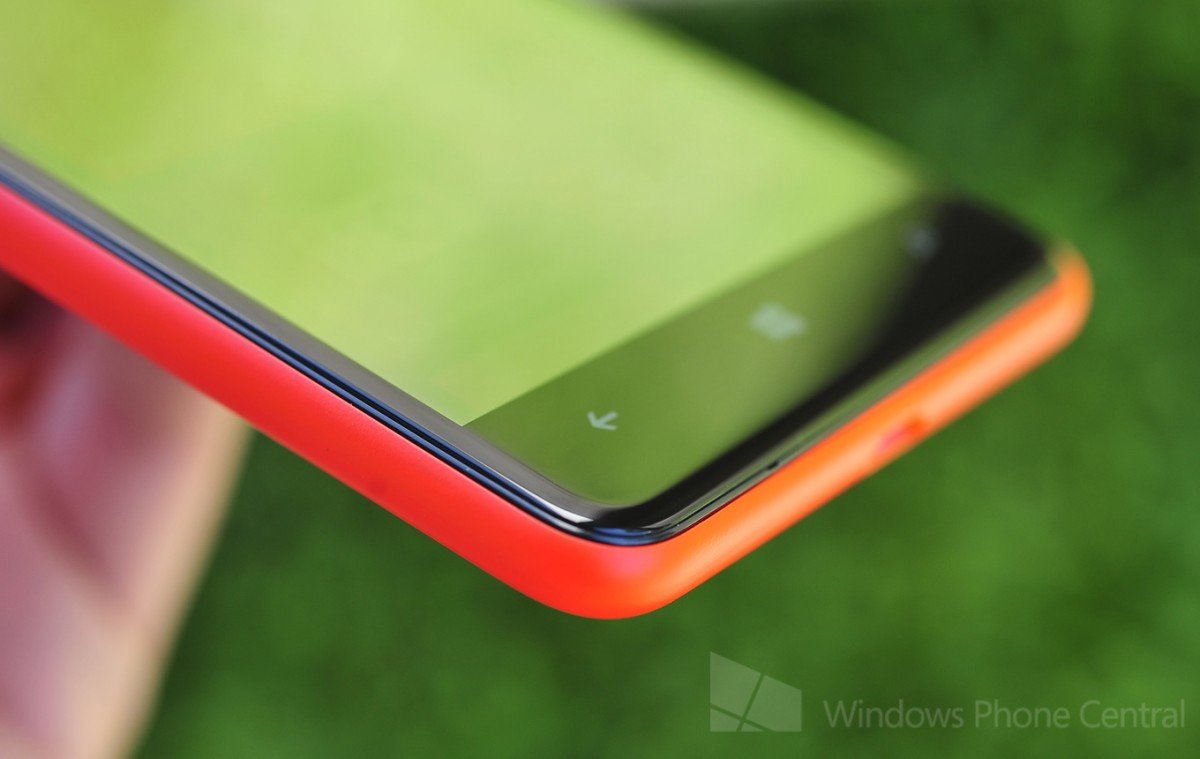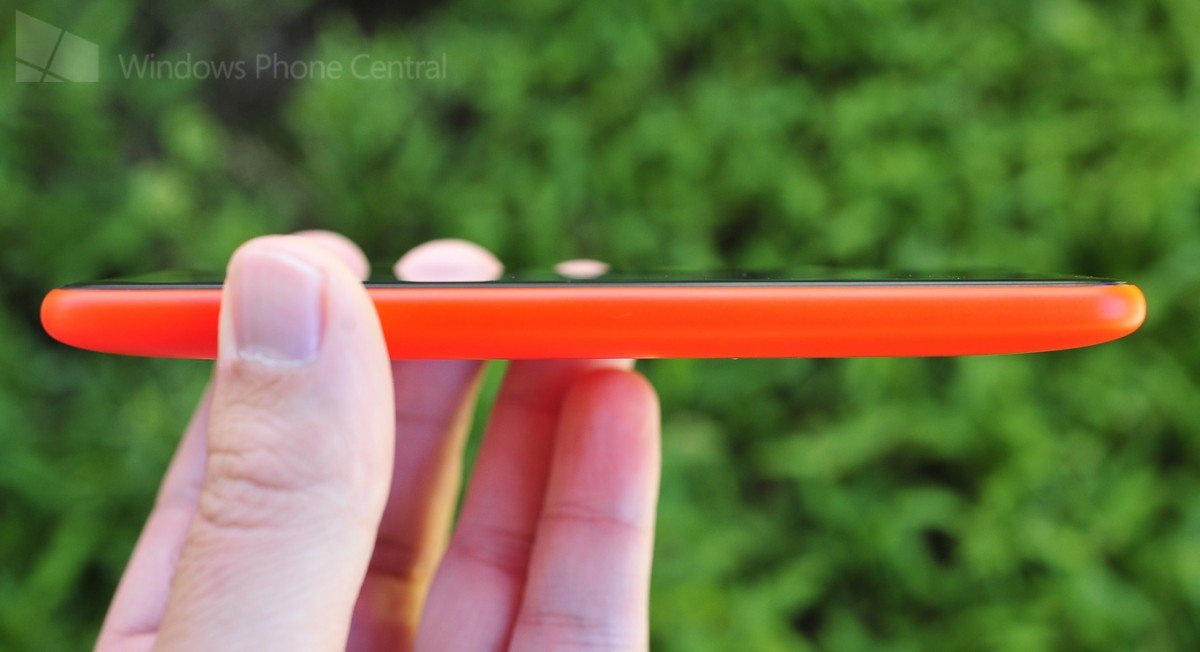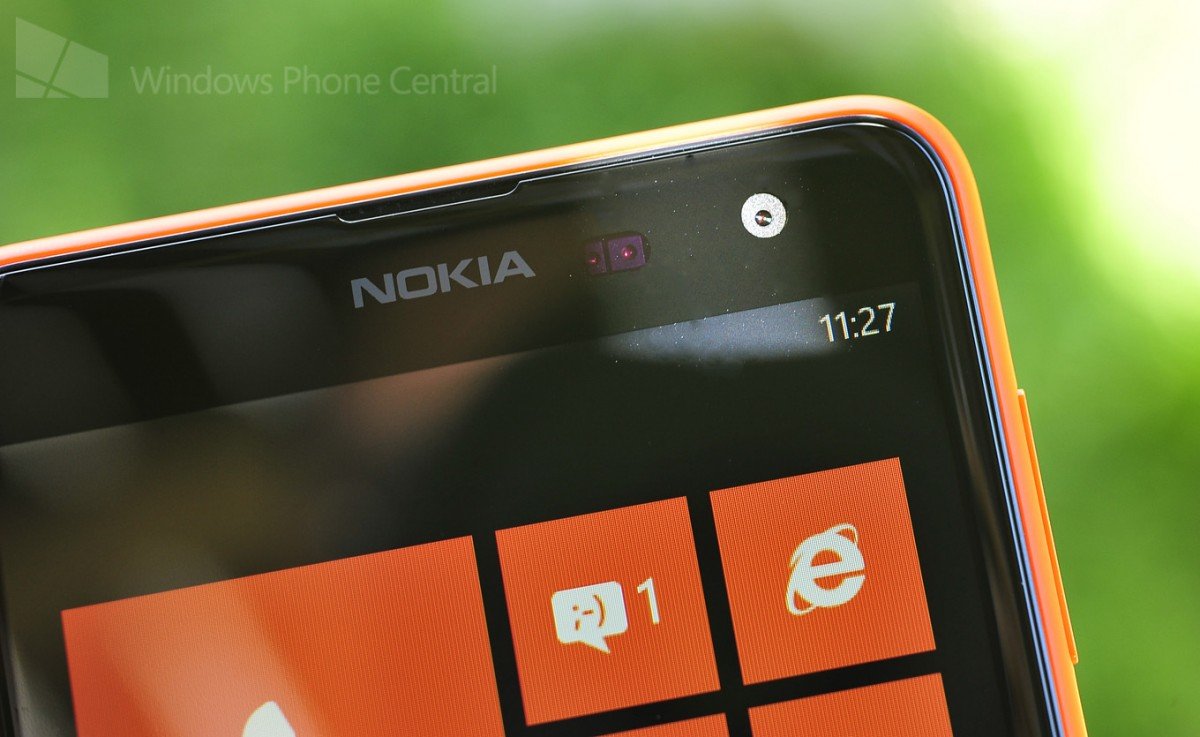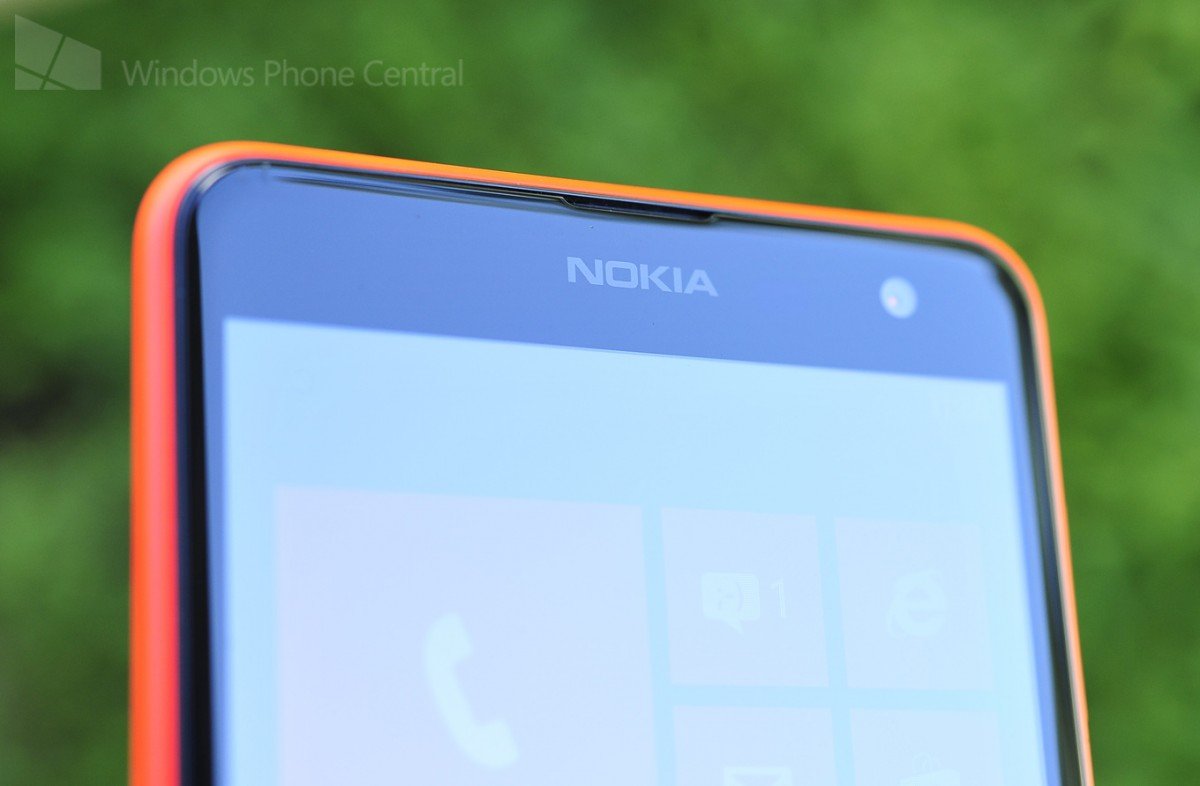Nokia Lumia 625 – Unboxing and first impression; video and photos

Another month and another Lumia device is ready to launch from our favorite Finnish Windows Phone manufacturer. This time around it is the Lumia 625, an expansion of the Lumia 6xx series including its smaller cousin the 4-inch Lumia 620.
The Lumia 625 is Nokia’s attempt to continue to hammer the entry level market for smartphones by giving users a choice in design and features. While not as feature packed as the 8xx or higher Lumia series, the 620 and 625 offer some premium features for a low cost.
The big selling point of the Lumia 625? Its massive 4.7-inch 800x480 IPS display, which contrasts dramatically with the 3.8-inch Lumia 620’s screen. In the same series you have Nokia’s largest and smallest display offerings, which is quite interesting.
Head past the break to see our unboxing video, first impressions and some high quality photos of this compelling Windows Phone.
The Lumia 625 out of the box has some great upgrades for new users, including a bumped up 1.2GHz dual core CPU. That’s an increase from the typical 1.0 GHz dual cores that we’ve seen in the 52x and 6xx series previously and while it’s not as fast as 1.5 Ghz device, we’re happy to get that extra boost in performance. Indeed, launching apps and the camera application feel very similar to the 1.5 GHz devices and offers a happy medium between cost and performance.
Other features include 512MB of RAM, 8GB of internal storage and the ability to use microSD (up to 64 GB) for expandability. For the camera you're looking at a 5MP (f/2.4) rear with LED flash and a front facing shooter. The OS is Windows Phone 8 10328 (GDR2) so there will be no Other storage issues.
The build quality of the device, as always from Nokia, is excellent. It’s relatively thin, coming in at 9.2mm and weighing in at 159 grams (by contrast, the aluminum Lumia 925 is 8.5mm and 139 grams). It’s not the lightest and thinnest device out there but it feels solid with those dimensions. To us, it feels like a larger Lumia 820 (they weigh the same but the Lumia 625 is spread out more). You also get a 2000 mAh battery for a rated 15.2 hours talk-time over 3G.
All the latest news, reviews, and guides for Windows and Xbox diehards.
Another feather in the cap is the Lumia 625 has Bluetooth 4.0 Low Energy (LE) out of the box. That’s a first for a Windows Phone and is something that other current Lumias can be expected to have updated via software later on. However, NFC has been omitted.
Getting back to the display, you have a 4.7-inch IPS 800x480 curved screen (201 PPI) with Corning Gorilla Glass 2 and a 60Hz refresh rate. Unfortunately, ClearBlack (the dual layer polarize to give deep colors and low reflectivity) has been omitted for cost reasons. While the sunlight readability and super sensitive touch are there, it looks like Glance is not (though we'll have to see if there are any updates to enable).
So far, we’re impressed with the Nokia Lumia 625. The low cost phone feels fantastic in the hand and while the 4.7-inch display is clearly low resolution, it’s still really nice to use, especially with that curved display. It’s easy to type on and that screen size lends itself to the Windows Phone UI very well.
Exact pricing off contract has not been settled, though it’s thought to hover between $275-$300 with availability in the UK and Russia in the coming weeks.
Look for our full review in the coming days here at Windows Phone Central.
Lumia 625 Camera Sample
Lumia 625 Camera Sample
Lumia 625 Camera Sample

Daniel Rubino is the Editor-in-chief of Windows Central. He is also the head reviewer, podcast co-host, and analyst. He has been covering Microsoft since 2007 when this site was called WMExperts (and later Windows Phone Central). His interests include Windows, laptops, next-gen computing, and wearable tech. He has reviewed laptops for over 10 years and is particularly fond of 2-in-1 convertibles, Arm64 processors, new form factors, and thin-and-light PCs. Before all this tech stuff, he worked on a Ph.D. in linguistics, performed polysomnographs in NYC, and was a motion-picture operator for 17 years.
